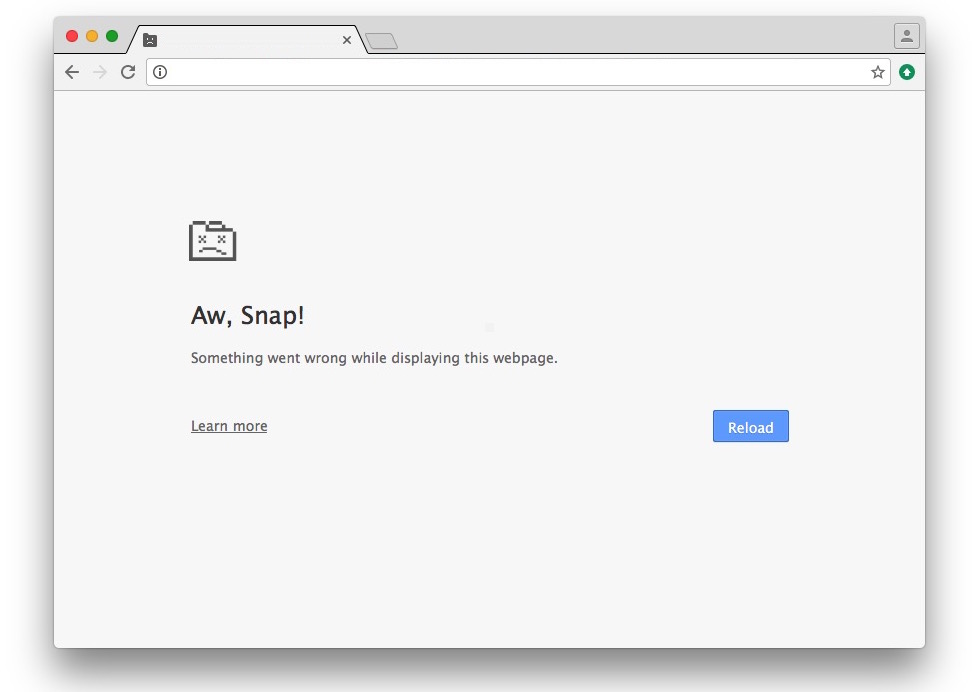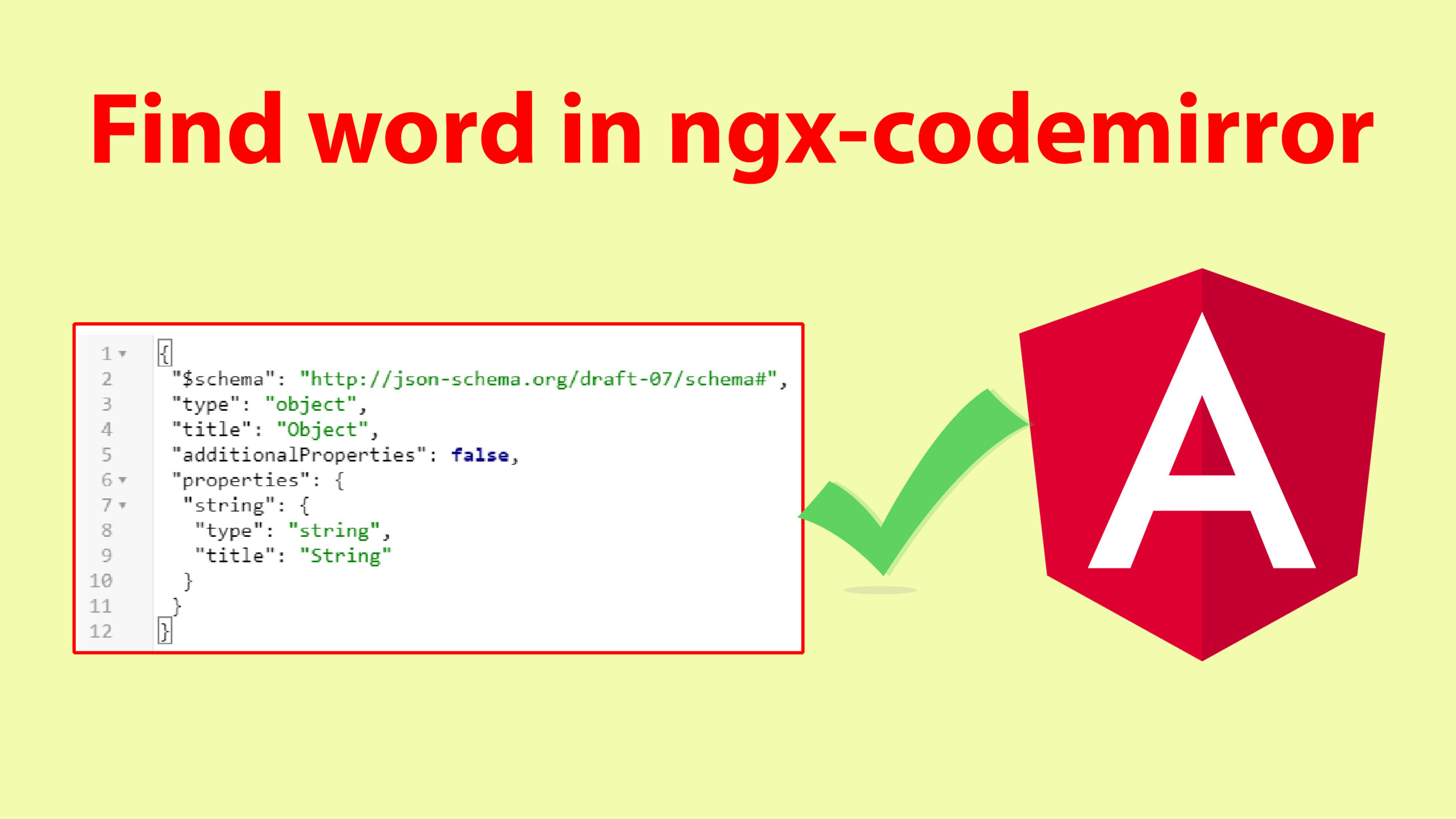1. What is Angular?
Angular is a TypeScript-based open-source front-end web application framework maintained by Google and a community of developers. It is used for building dynamic, single-page web applications (SPAs).
2. What is TypeScript?
TypeScript is a superset of JavaScript that adds static typing to the language. Angular is built with TypeScript, and it brings features like interfaces, classes, and modules to JavaScript.
3. Explain the basic architecture of an Angular application.
Angular applications follow a modular architecture. The key components include Modules, Components, Templates, Metadata, Data Binding, Directives, Services, Dependency Injection, and Routing.
4. What is a component in Angular?
A component is a basic building block of an Angular application. It consists of a TypeScript class, an HTML template, and a CSS file that define a part of the UI.
5. What is data binding in Angular?
Data binding is the automatic synchronization of data between the model and the view. Angular supports one-way and two-way data binding.
6. Explain Angular directives.
Directives are markers on a DOM element that tell Angular to do something to that element. Examples include ngIf, ngFor, and ngSwitch.
7. What is the purpose of Angular modules?
Angular modules help organize an application into cohesive blocks of functionality. They consist of components, directives, services, and pipes that are related to a specific feature.
8. Explain Dependency Injection in Angular.
Dependency Injection is a design pattern used to achieve loose coupling in software components. Angular has a built-in Dependency Injection system that helps manage the dependencies of different parts of an application.
9. What is Angular CLI?
Angular CLI (Command Line Interface) is a command-line tool that helps in creating, building, testing, and deploying Angular applications.
10. Explain the Angular component life cycle hooks.
Angular components have a lifecycle managed by Angular itself. The hooks include ngOnInit, ngOnChanges, ngDoCheck, ngAfterContentInit, ngAfterContentChecked, ngAfterViewInit, and ngAfterViewChecked.
11. What is Angular template syntax?
Angular template syntax is a set of HTML-based syntax that allows you to express application components. It includes interpolation, property binding, event binding, two-way binding, and template reference variables.
12. What is Angular services?
Angular services are singleton objects that get instantiated only once during the lifetime of an application. They are used to encapsulate and share functionality across components.
13. Explain Angular pipes.
Angular pipes are used to transform data before displaying it in the view. There are built-in pipes for common tasks like currency formatting, date formatting, and uppercase/lowercase transformations.
14. What is the purpose of ngIf and ngFor directives?
ngIf is used for conditional rendering of elements, and ngFor is used for rendering a list of items in the template.
15. What is the Angular router and how does it work?
The Angular router is a powerful tool for navigation in Angular applications. It enables navigation from one view to another as users perform tasks. It works by defining routes and associating them with components.
16. Explain lazy loading in Angular.
Lazy loading is a technique where you load only the necessary modules and components when they are required, rather than loading the entire application at once. This improves the initial loading time of the application.
17. What are Angular guards?
Angular guards are used to control the navigation flow in an Angular application. There are different types of guards, such as CanActivate, CanDeactivate, CanLoad, and CanActivateChild.
18. What is Angular testing and how can it be performed?
Angular provides tools for unit testing and end-to-end testing. Jasmine and Karma are commonly used for unit testing, and Protractor is used for end-to-end testing.
19. How does Angular handle security?
Angular provides built-in security features like Cross-Site Scripting (XSS) protection and Cross-Site Request Forgery (CSRF) protection. It also encourages the use of HTTPS to secure communication.
20. What is Angular Universal?
Angular Universal is a technology that allows server-side rendering of Angular applications. It helps improve the performance and SEO of Angular apps.
21. Explain Angular forms and its types.
Angular forms are used to handle user input. There are template-driven forms and reactive forms in Angular. Template-driven forms are defined in the template using directives, while reactive forms are created programmatically in the component.
22. What is Angular ng-content?
ng-content is a directive in Angular that is used to project the content of a component from the parent component into the child component.
23. Explain Angular decorators.
Decorators are a way to annotate and modify classes and properties at design time. In Angular, decorators are used for marking classes as Angular components, services, modules, etc.
24. What is the purpose of Angular animations?
Angular provides a powerful animation system to create smooth and visually appealing transitions in the user interface.
25. What is the use of ngZone in Angular?
NgZone is a service in Angular that helps to execute code outside the Angular zone, preventing unnecessary change detection and improving performance.
26. How can you share data between components in Angular?
Data can be shared between components using services, @Input and @Output decorators, and Angular’s state management libraries like NgRx or Angular services.
ng generate component component-name
27. How does Angular handle errors?
Angular uses a global error handler to catch errors during the execution of the application. You can also use try-catch blocks in the component code to handle errors.
29. Explain Angular ng-template.
ng-template is a directive in Angular used for rendering content that should not be displayed initially but can be instantiated during runtime.
30. What is Angular AOT (Ahead-of-Time) compilation?
AOT compilation is a process in which the Angular compiler converts Angular HTML and TypeScript code into JavaScript code during the build phase. It improves the application’s performance by pre-compiling the code.
31. How does Angular handle HTTP requests?
Angular provides a HttpClient module for making HTTP requests. You can use methods like get(), post(), put(), and delete() to interact with a server.
32. Explain Angular ngModel.
ngModel is a directive in Angular used for two-way data binding. It is commonly used in forms to bind the value of an input field to a variable in the component.
33. What is the purpose of Angular ngZone?
NgZone is used to trigger change detection manually and to execute code outside Angular’s zone, which can be useful for optimizing performance.
34. What is the purpose of the trackBy function in *ngFor?
The trackBy function is used with *ngFor to improve the efficiency of rendering lists by providing a unique identifier for each item. It helps Angular track which items have changed.
35. How does Angular handle routing?
Angular’s router maps URLs to components, allowing navigation between different views in a single-page application. It provides features like lazy loading, route parameters, and route guards.
36. Explain Angular providedIn in the @Injectable decorator.
providedIn is a property in the @Injectable decorator that allows you to specify the root injector for the service. It is an alternative to providing the service in the providers array of a module.
37. What is the purpose of the ViewEncapsulation property in Angular?
ViewEncapsulation is a property in Angular components that determines how styles are applied to a component and its child components. It can have values such as Emulated, Native, and None.
38. How do you handle form validation in Angular?
Form validation in Angular can be achieved using built-in validators, custom validators, and form control states. Angular provides classes like Validators and methods like setValidators() to handle validation.
39. Explain Angular ngClass and ngStyle directives.
ngClass is used to conditionally apply CSS classes to an element, while ngStyle is used to conditionally apply inline styles based on certain conditions.
40. What is Angular ngZone and why is it used?
NgZone is a service in Angular used to explicitly run certain code outside Angular’s zone. It is commonly used when dealing with third-party libraries that might not be zone-aware.
41. What is Angular ContentChild and ContentChildren?
ContentChild and ContentChildren are decorators in Angular used to query and access content projected into the component. They are used in conjunction with ng-content.
42. Explain the difference between ngOnChanges and ngOnInit.
ngOnChanges is a lifecycle hook that gets called when any data-bound input property changes, while ngOnInit is called once after the component is initialized.
43. What is Angular NgRx?
NgRx is a state management library for Angular applications. It implements the Redux pattern to manage the state of the application in a predictable and scalable way.
44. How can you prevent the default behavior of an event in Angular?
You can prevent the default behavior of an event in Angular by calling event.preventDefault() in the event handler.
45. Explain the purpose of ng-container.
ng-container is a structural directive in Angular used to group multiple elements without introducing an additional element in the DOM. It is often used with *ngFor and *ngIf.
46. What are Angular Schematics?
Angular Schematics are a way to automate the creation, modification, and maintenance of Angular projects. They are used to generate boilerplate code and provide a consistent project structure.
47. How does Angular change detection work?
Angular uses a mechanism called Zone.js for change detection. It checks for changes in the application state and updates the DOM accordingly. Change detection is triggered by various events like user actions, HTTP requests, and timers.
48. Explain the role of the async pipe in Angular.
The async pipe is used in templates to subscribe to an asynchronous operation and update the view automatically when the operation completes. It works well with Observables and Promises.
49. What is Angular ngIf else?
The ngIf directive in Angular can be used with an else clause to conditionally render content when the expression is false.
50. What is Angular providedIn and why is it used?
The providedIn property in the @Injectable decorator specifies the injector for a service. It is an alternative to providing the service in the providers array of a module.
51. How can you handle route parameters in Angular?
Route parameters in Angular are accessed using the ActivatedRoute service. You can subscribe to changes in route parameters and fetch the values using the snapshot or paramMap properties.
52. Explain Angular ViewChildren and ViewChild.
ViewChild and ViewChildren are decorators used to query and access child components or elements within a component. ViewChild is used for a single child, while ViewChildren is used for multiple children.
53. What is Angular NgZone and why is it important?
NgZone is a service in Angular that helps manage the execution context of the application. It is used to run certain code outside Angular’s zone, preventing unnecessary change detection.
54. How can you optimize performance in Angular applications?
Performance optimization in Angular can be achieved by using lazy loading, AOT compilation, minimizing HTTP requests, optimizing change detection, and implementing efficient algorithms.
55. Explain Angular ngRx Effects.
NgRx Effects are used in Angular applications to handle side effects, such as asynchronous operations, in a predictable and testable way. They are part of the NgRx state management library.
56. What is Angular TestBed?
The TestBed class in Angular is used for configuring and creating instances of components and services during unit testing. It provides a testing module environment.
57. What is Angular ContentChild and ContentChildren?
ContentChild and ContentChildren are decorators used to query and access content projected into a component using ng-content.
58. How can you secure Angular applications?
Securing Angular applications involves practices like input validation, avoiding direct DOM manipulation, using HTTPS, implementing authentication and authorization, and keeping dependencies up-to-date.
59. Explain Angular ngZone and how it relates to Change Detection.
NgZone in Angular is responsible for managing the execution context. It is related to change detection as it triggers change detection when asynchronous operations (outside Angular’s zone) complete.








Leave a Reply